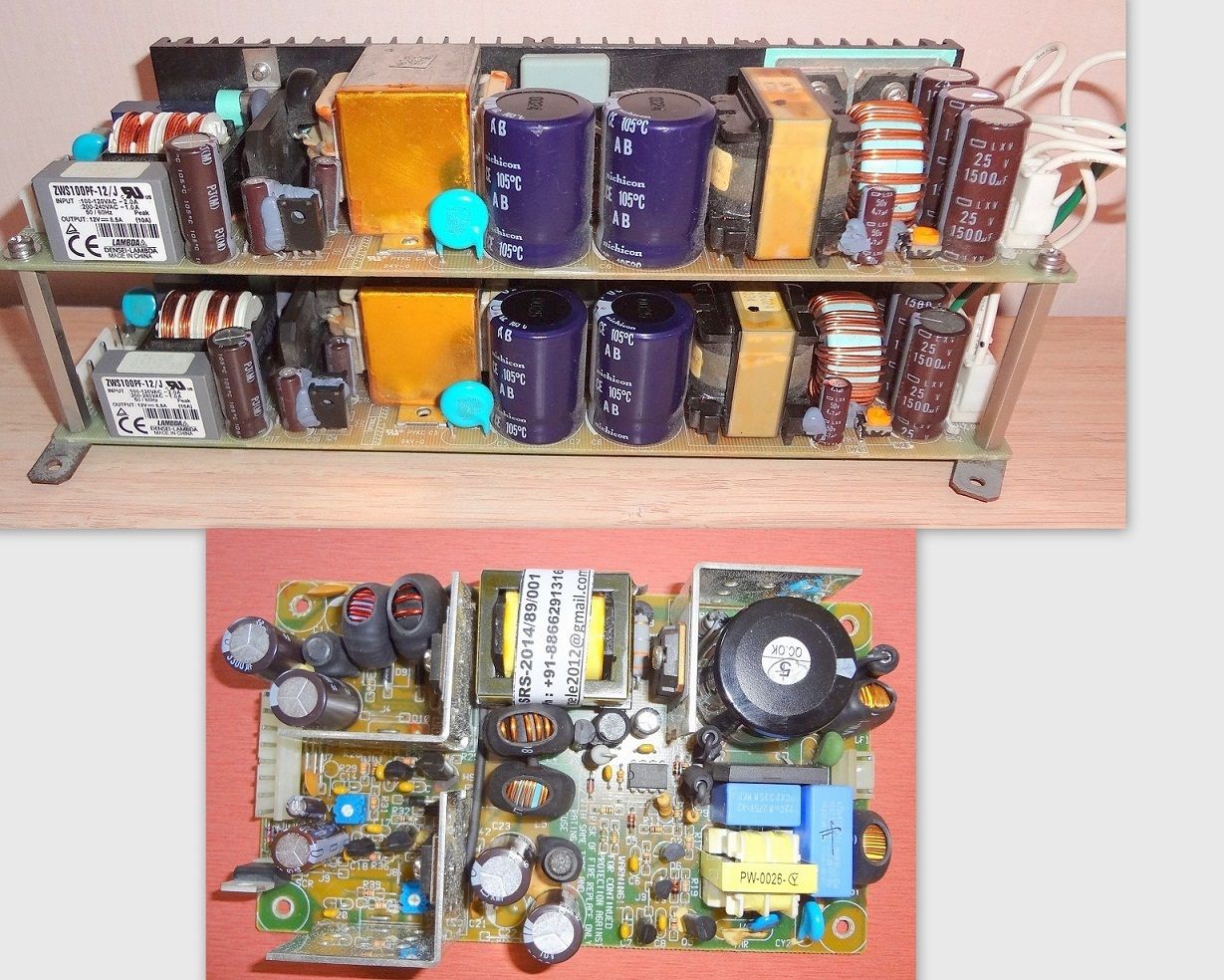The Global Movement: Right to Repair and Electronics Lifespan Extension
by admin

The companies must adjust to changing issues as electronics are increasingly embedded in mission-critical functions such as planes, medical devices to the energy grid. The failure of the systems could be catastrophic.
The humid, hot and damaging electric and magnetic fields are a few examples of harsh conditions. The environmental conditions may affect the specifications of a product and need to be considered during the time of design.
Challenges
Electronic waste, or e-waste is an enormous amount of electronic products which are destroyed even though they could enhance efficiency and enhance living conditions. The harmful substances and the precious metals that are found in electronic waste, like gold and palladium can also be found.
Recognizing the value in Industrial electronic devices (EED) can help reduce eWaste production and promote sustainable resource management. Retrofitting and refurbishing are strategies that upgrade older products with modern technologies. Remanufacturing is a more thorough process, comprising disassembling the unit and cleaning it before replacing parts and put everything back to its original configuration.
We conducted an online study of technicians from industrial electronics repair from the GCC to promote remanufacturing instead of disposing. It was found that PCB defects and failures are most commonly caused by these causes. These results will help technicians create better repair strategies and also reuse EEE in the hopes of a more sustainable future.
Innovative Solutions
The old saying “if you don’t think it’s broken, do not fix it” isn’t true when it comes to public transportation, mining equipment and other industrial electronics that are high-risk. Many times, a single faulty printed circuit board (PCB) can lead to an entire device to fail which can result in substantial operational costs and requiring immediate replacement.
The Right to Repair movement is growing in popularity worldwide as an essential way to extend the life of electronic gadgets and develop more profitable business models that are sustainable. A variety of factors, such as the designing the product intellectual rights laws, consumer law tax laws, and more, hinder this movement.
Technicians in difficult environments need to be creative and be able to adapt. A common question in interviews asks candidates to share a time they needed to think out of the box in order to finish an extremely difficult task. Employers can evaluate the technical skills of a technician in relation to finding solutions to problems, and also their capacity to handle challenges which arise rapidly. Ability to rapidly find solutions shows the technician’s potential and dedication to high-quality.
Repairing Electronics In High Temperatures and Humidity
To make sure that electronic components function as intended for the entire lifespan of their product They must be put to stringent tests. These tests will often include exposing the product to extreme temperatures, humidity as well as vibrations.
High temperatures can damage electronic components. This is especially the case for circuit boards, where the solder that connects components can melt. If this occurs, it can cause short circuits or even system failure.
Humidity can also cause problems in electrical parts. It causes the corrosion of electrical components, leakage, and material degradation. Moisture may penetrate the packing material, printed circuit boards and other components’ surfaces.
This can cause a problem with signal transmission because it causes a delay in the amount of time for the electrons to move through the circuit. The lag in some instances is so significant that an entire circuit may be unable to function. This can lead industrial equipment to stop working.
The companies must adjust to changing issues as electronics are increasingly embedded in mission-critical functions such as planes, medical devices to the energy grid. The failure of the systems could be catastrophic. The humid, hot and damaging electric and magnetic fields are a few examples of harsh conditions. The environmental conditions may affect the specifications…
Sponsor
Recent Posts
- Navigating the Sket Dance Merch Market: Top Tips for Smart Shopping
- Navigating the World of Star Twinkle Precure Merch: Tips and Recommendations
- BOS868 Offers High Payout Rates and Fast Transactions
- Discover Unique Kaii To Otome To Kamikakushi Official Shop Must-Haves
- Unraveling the Craftsmanship of Sierra Ferrell’s Merchandise
